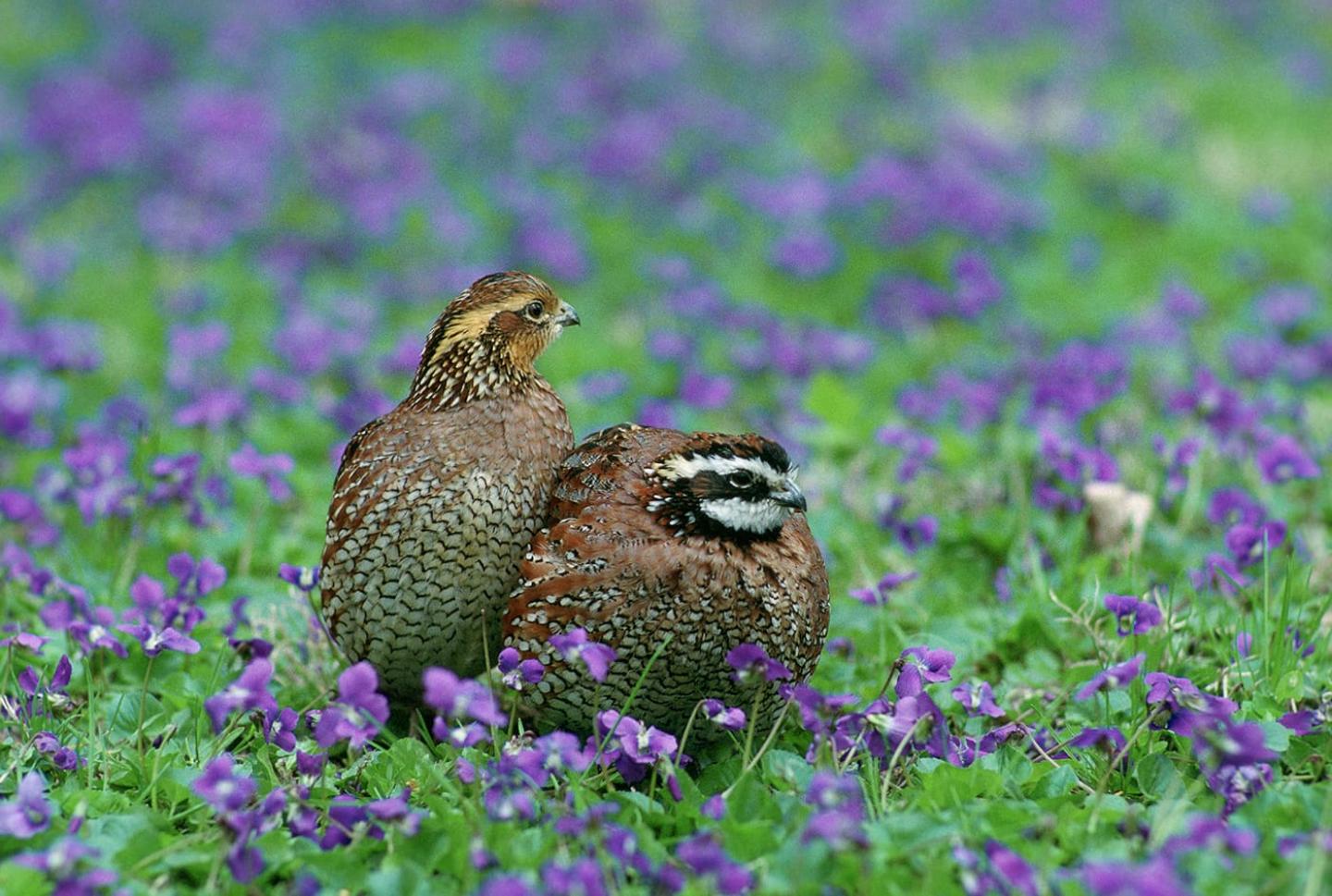Three Key Ways NRCS Supports Double Wins for Wildlife and Working Lands Conservation

From the iconic sage grouse in the west to the spotted turtle in the east, NRCS supports farmers, ranchers, and forest landowners in delivering win-win conservation solutions for wildlife and working lands.
As Chief of the Natural Resources Conservation Service (NRCS) and a lifelong outdoorsman, I’m proud of how we support wildlife conservation across the nation. From the iconic sage grouse in the west to the spotted turtle in the east, much of our nation’s wildlife depends on private, working lands for food, habitat, and other resources. Here are three key ways NRCS supports win-win conservation solutions that strengthen working lands and the species that call them home.
NRCS empowers voluntary, locally-led efforts that benefit wildlife, working lands, and agricultural communities.
Farmers, ranchers, and forest landowners are some of our nation’s most dedicated land stewards. At NRCS, we work with these producers to benefit wildlife while keeping working farms, ranches, and private forestlands healthy and productive. Our Working Lands for Wildlife (WLFW) effort unites conservation partners, producers, and other landowners through the shared vision of sustainable food and fiber production, healthy wildlife populations, and thriving local communities.
WLFW is driven by an innovative partnership between NRCS and the U.S. Fish and Wildlife Service (USFWS). Through WLFW:
- NRCS supports landowners in implementing voluntary conservation practices that deliver targeted improvements for both key species and the working lands they inhabit. For example, brush management is a conservation practice used to reduce the threat of trees growing into and degrading grasslands. This benefits the operation through increased forage production for livestock, provides the conservation benefits of reduced wildfire and soil erosion risk, and improves wildlife habitat for grassland species.
- USFWS provides regulatory predictability under the Endangered Species Act. This gives producers the peace of mind that, no matter the legal status of species occurring on participating working lands, they can stay in production with an NRCS conservation plan in place.
Last summer, we announced a $500 million investment in WLFW over the next five years, with an additional $30 million to increase our science and coordination capacity through partnerships. Four new Frameworks for Conservation Action are in development for Western Migratory Big Game, Eastern Deciduous Forest, Eastern Aquatic Connectivity, and Southeastern Pine Ecosystems, and we’re updating three existing Frameworks to guide conservation efforts focused on the Sagebrush Biome, Great Plains Grasslands, and Northern Bobwhite, Grasslands, and Savannas. These updates will include integration of the Farm Service Agency’s Conservation Reserve Program. As a whole, these efforts will benefit wildlife, support agriculture and producers, and empower landscape-scale conservation through locally-led actions.

NRCS delivers resources to inform science-based, data-driven conservation.
As the U.S. Department of Agriculture’s primary private lands conservation agency, NRCS delivers the data, technology, and standards that enable landowners and our many conservation partners to make decisions informed by objective, reliable science.
The Conservation Effects Assessment Project (CEAP) is an effort led by NRCS to evaluate and inform voluntary conservation across the nation’s working lands. From a decadal report on the outcomes of voluntary conservation in the sagebrush biome to new data-driven tools for individual landowners, CEAP helps provide the science backing we need to:
- Identify how and where to invest conservation resources most strategically.
- Evaluate the outcomes of on-the-ground conservation actions.
- Leverage lessons learned from these findings to strengthen future conservation delivery.
Recent CEAP deliverables that support voluntary wildlife conservation include:
- Conservation Outcomes Webinars on targeting conservation in sagebrush country, rare turtle conservation in the Northeast, reducing woody encroachment to conserve rangeland production, and managing working lands for lesser prairie-chickens.
- New research quantifying the important role wetland easements play in wintering waterfowl conservation.
- The Rangeland Brush Estimation Tool, which ranchers and other land managers may use to quickly estimate woody plant canopy cover and assess woody encroachment on western rangelands.
Our next webinar, scheduled for 2:00 p.m. eastern on April 25, will share new findings on the effects of cover crops on grassland birds. Additional details are available on the Conservation Outcomes Webinar Series webpage.
I encourage you to visit the CEAP Wildlife Assessments webpage to access more than 130 publications and other reports, webinar recordings, and interactive, data-based tools to support voluntary wildlife conservation.

NRCS works one-on-one with agricultural producers in approximately 2,300 Service Centers nationwide.
From farmers and ranchers who’ve worked with us for generations to new producers just learning about NRCS, our conservationists are ready to serve. A great first step for anyone interested in exploring opportunities for their operation is to contact the NRCS office at their local USDA Service Center. You may find contact information for your local office by selecting your state and county in our Service Center Locator.
We’ll visit your land, walk that land with you, and provide technical expertise on potential conservation opportunities to meet your unique production and conservation goals. This service is free for every agricultural producer and landowner. NRCS staff may also share information about our conservation programs, like the Conservation Stewardship Program and Environmental Quality Incentives Program, that deliver cost share for eligible producers to support implementation of our ever-growing list of conservation practices.
Let’s work together to deliver win-win solutions that keep your working lands healthy, productive, and profitable while conserving natural resources and benefiting our nation’s wildlife.


